Britain's most beautiful rooms, captured by Country Life for 120 years
John Goodall explains how Country Life’s earliest photographers pioneered the art of capturing England’s most beautiful rooms.
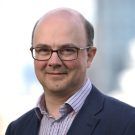

'It was worse than burglars,’ recalled the Hon Mrs Ruck, describing the visit of the Country Life photographer Alfred E. Henson to Audley End, Essex, in 1926.
When photographing a house, Henson took control of everything. On arrival, he would imperiously silence the butler with a long list of demands for chemicals, a stepladder, a mop, a bucket and a strict timetable for refreshment. Then, he would create a temporary darkroom somewhere inside the building for the development of his glass plates.
Constrained by the weather and the availability of natural light, he crafted interior photographs with brilliant technical skill, sticking printed signs on doors to prevent disturbance and waiting hours for the optimum moment. In addition, however, he ruthlessly reordered the furnishings of rooms, introducing or removing chairs, tables and potted plants.
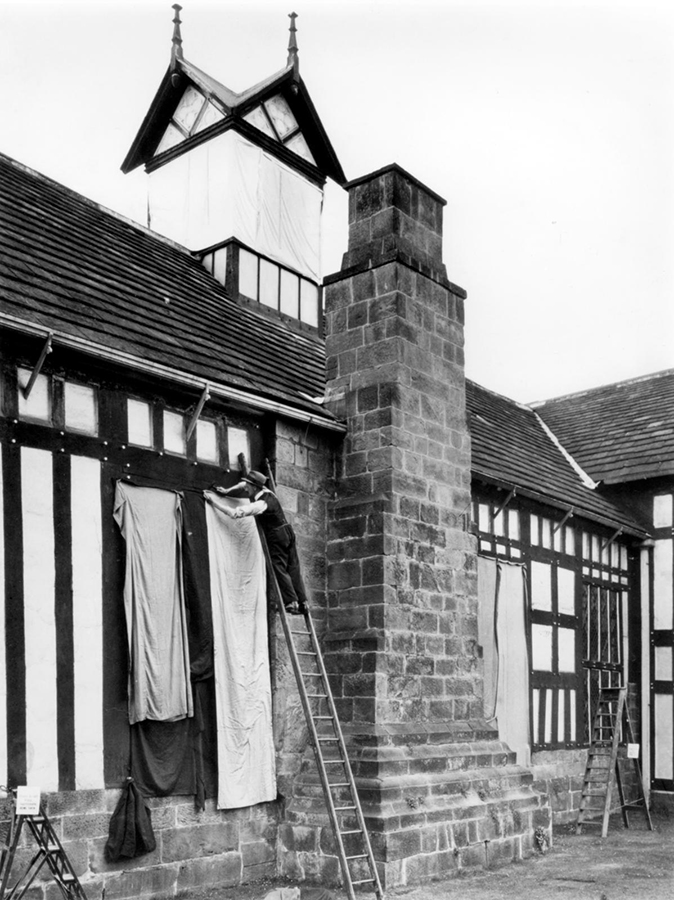
This organisation of rooms — what we would now think of as styling — was done with a clear purpose at the exacting direction of the architectural editor Christopher Hussey, who began work for the magazine in 1920. Hussey not only wanted beautiful images of houses—which the magazine had already been publishing for more than 20 years — but ones that made aesthetic sense of the interiors they recorded.
He wanted Country Life to trace the evolution of British taste through the creation of intellectually and aesthetically coherent illustrations. To this end, he demanded that Georgian or Tudor rooms display furniture appropriate to their period, not Victorian bric-a-brac.
Modern owners of country houses hopefully find the visits of Country Life photographers today more congenial than the Hon Mrs Ruck. Certainly, times have changed. Even by the 1970s, the desire to reorder interiors was subsiding, to be replaced by an interest in recording houses as homes with eclectic collections.
"The quality of Country Life’s architectural and interior illustrations eclipses all competition"
The magazine, meanwhile, gradually switched to colour, although it was remarkably slow to adopt this technological shift throughout its pages; as late as 1992, there were still occasional architectural articles illustrated in black and white. More recently, photography itself has passed through a digital revolution that has transformed its practice.
Exquisite houses, the beauty of Nature, and how to get the most from your life, straight to your inbox.
Country Life photographers still seek to make aesthetic sense of the interiors they work on in order to show them to best advantage. They once again rely today almost exclusively on natural light. This helps capture the spirit of rooms and distinguishes Country Life’s photography from the brightly lit interiors beloved by so many magazines.
For these reasons, and because of the painstaking care with which our photographers work, the quality of Country Life’s architectural and interior illustrations eclipses all competition. Week by week, our photography continues to trace the changing face of domestic architecture across the full extent of the British Isles, both historic and newly completed.
As the magazine celebrates its 120th birthday, it’s impossible to imagine a richer or more magnificent source for tracing the history of British interior taste than our archive.
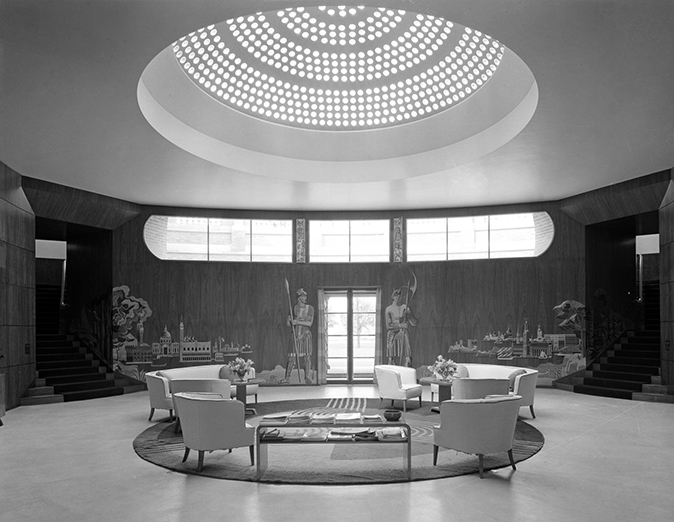
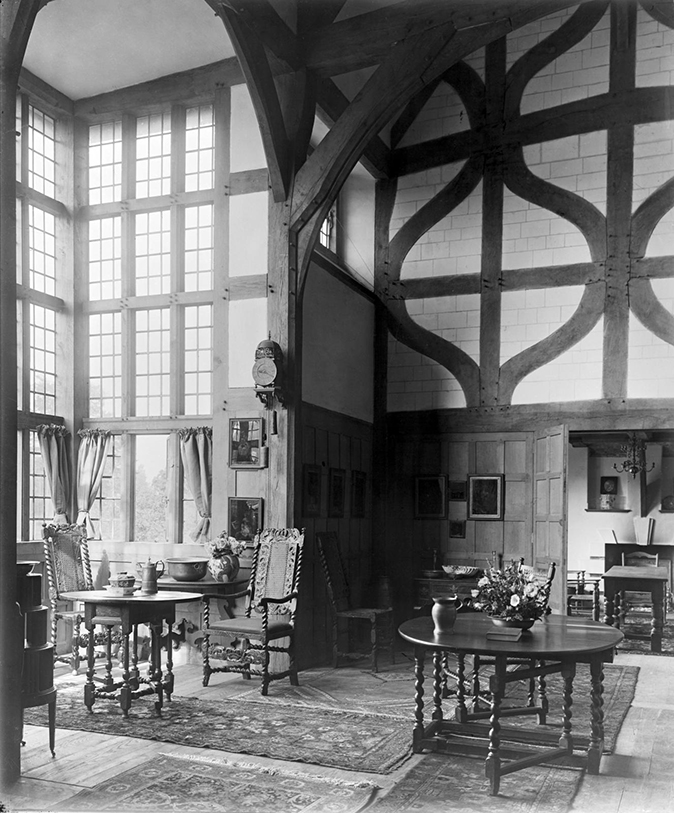
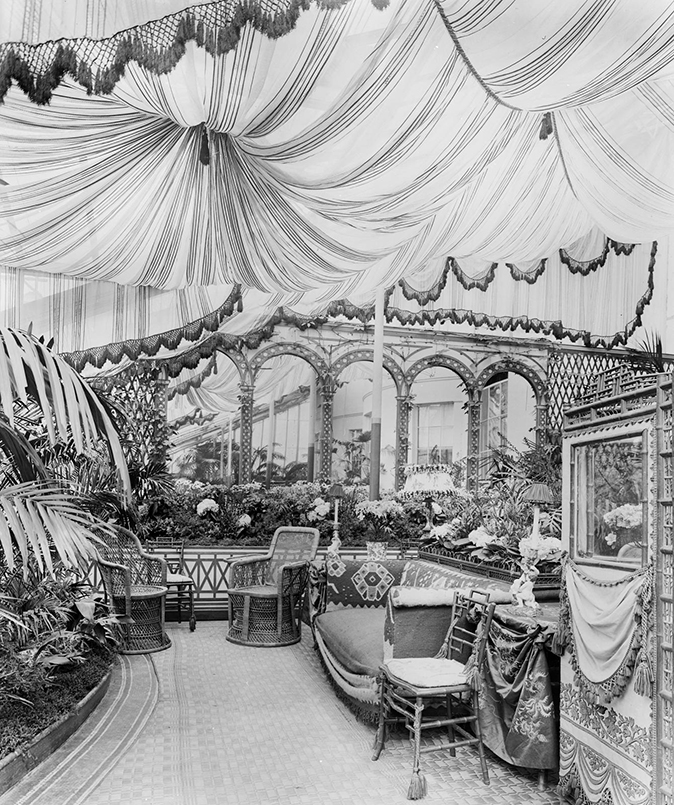
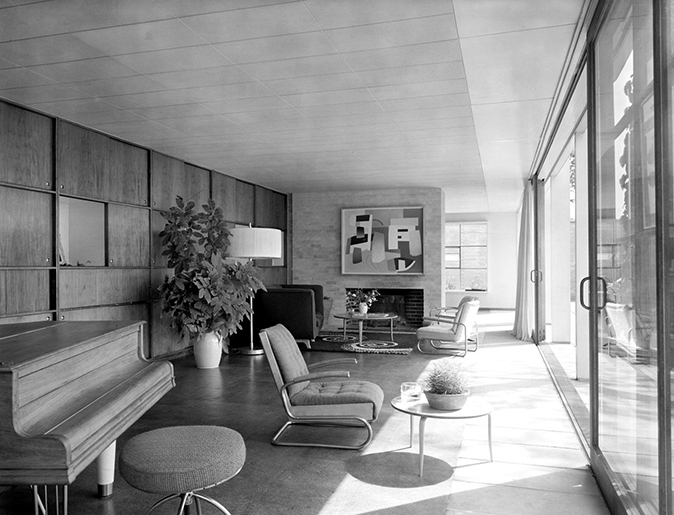
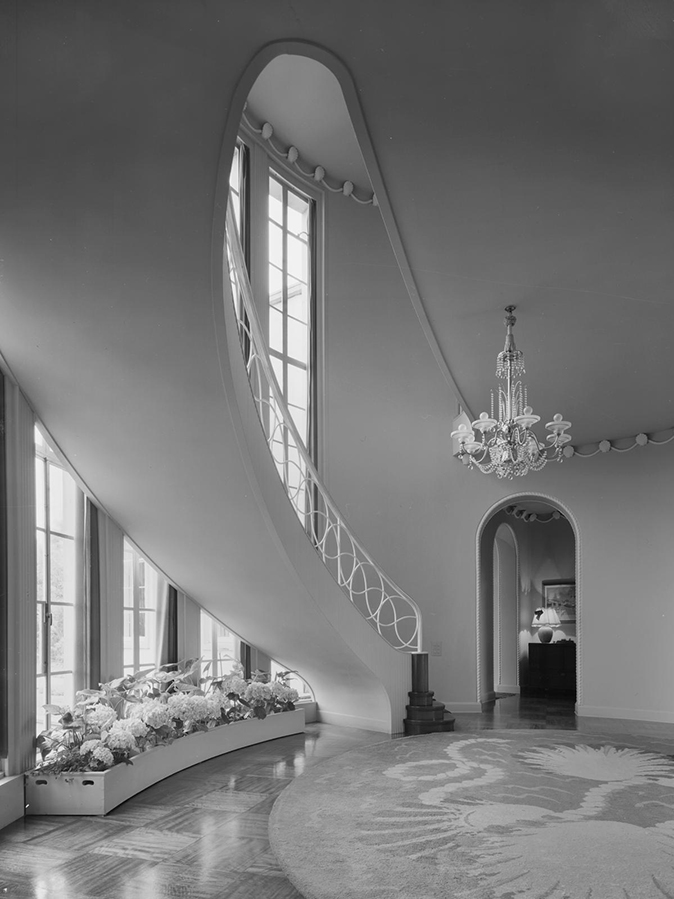
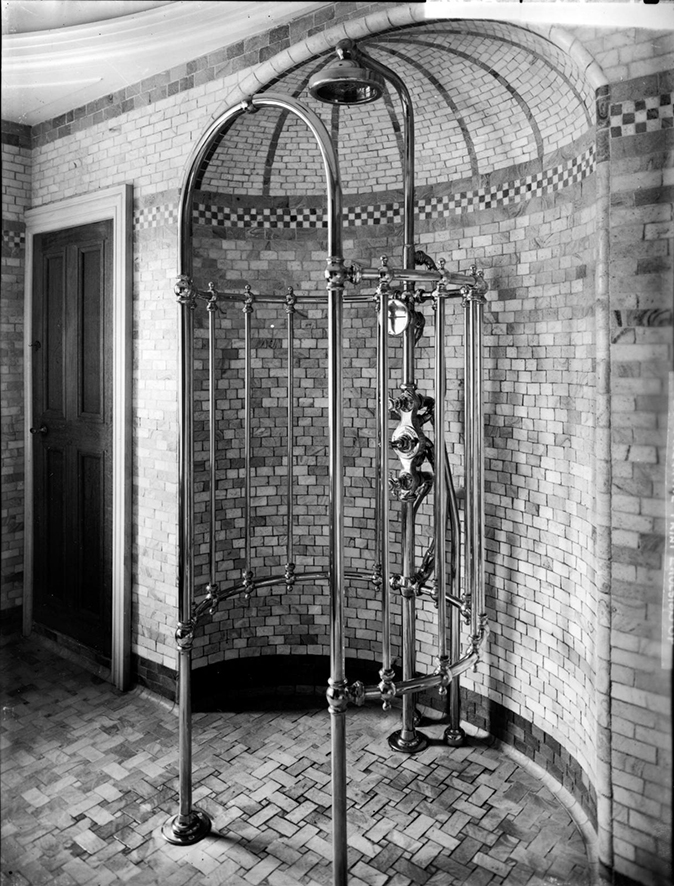
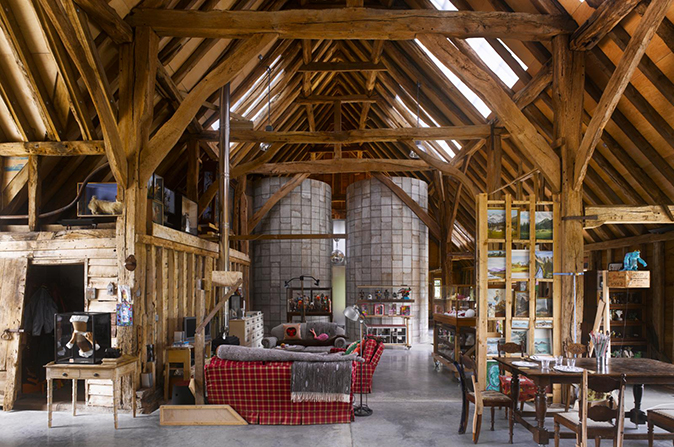

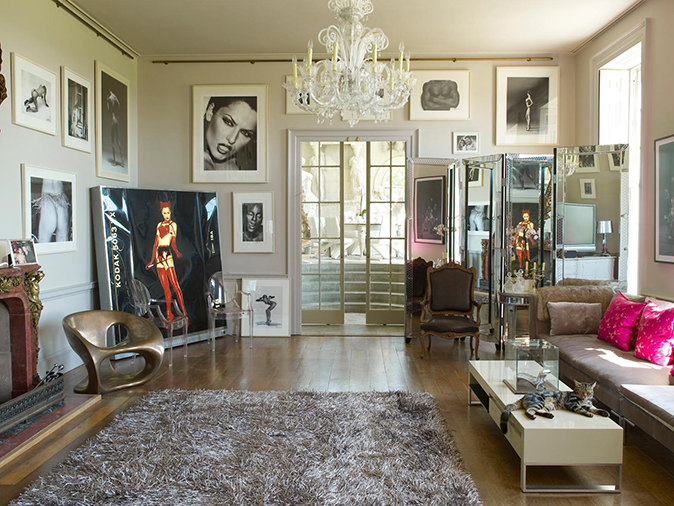
‘Beautiful Rooms & Blushing Brides: 120 Years Of Country Life Photography’ features interiors and frontispiece photography from April 6 until June 17 at Linley Belgravia, 60, Pimlico Road, London SW1W 8LP (020–7730 7300; www.davidlinley.com)

John spent his childhood in Kenya, Germany, India and Yorkshire before joining Country Life in 2007, via the University of Durham. Known for his irrepressible love of castles and the Frozen soundtrack, and a laugh that lights up the lives of those around him, John also moonlights as a walking encyclopedia and is the author of several books.